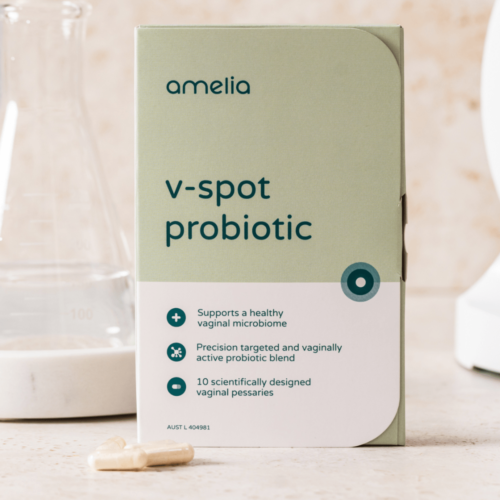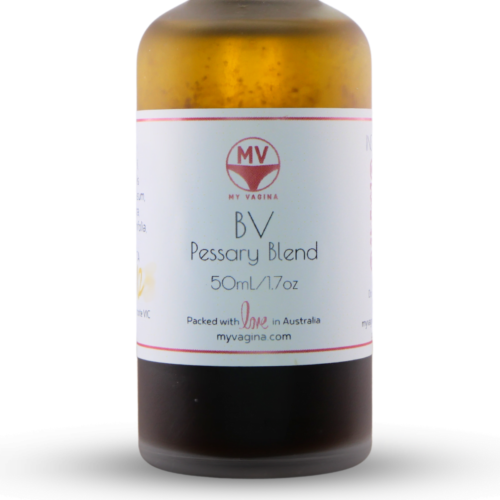Most probiotic bacteria are histamine-producing, thwarting your attempts to control your histamine degradation.
Some bacteria are histamine-degraders, while others have no effect on histamine. When treating histamine overload (‘histamine intolerance‘), we need to ensure plenty of histamine-degrading bacteria are in the digestive tract. It’s even possible that gut bacteria can be the primary cause of histamine overload, but each of you will be different here.
Foods contain an amino acid called histidine, which is then broken down by certain types of bacteria into histamine.
Thus, foods can be high histidine and/or high histamine. The conversion of histidine into histamine isn’t an issue on its own. It’s only when you have a build-up of histamine you end up with symptoms.
If your histamine-degrading gut bacteria get too low or your histidine converting or histamine-producing bacteria are abundant, you can end up with symptoms of histamine intolerance, or overload.
If you are doing the low-histamine diet, augmenting your gut flora to support your mission may be important for resolution of your symptoms.
Best probiotic bacteria for a low-histamine life
- Bifidobacterium infantis
- Lactobacillus gasseri
- Bifidobacterium breve
- Bifidobacterium bifidum
- Lactobacillus salivarius
- Lactobacillus rhamnosus (especially GG)
– May support stabilisation of mast cells1
– May reduce sensitivity of histamine receptors (and other allergy-related receptors) while upregulating anti-inflammatory cells2 - Bifidobacterium longum
– Degrades histamine3
– May reduce post-food inflammatory responses
– May prevent or improve intestinal hyperpermeability (‘leaky gut’) - Bifidobacterium lactis
– May support breakdown of histamine4 and tyramine - Lactobacillus plantarum
– May support breakdown of biogenic amines (histamine, tyramine)5 - Lactobacillus paracasei CASEI 431
Has been tested and found not to produce histamine, reduces the duration of infections, may improve immune response
Worst probiotic bacteria for a low-histamine life
- Lactobacillus casei
- Lactobacillus bulgaricus
- Streptococcus thermophilus
- Lactobacillus delbrueckii
- Lactobacillus helveticus
These species contain histamine or produce histamine.
Probiotic bacteria under evaluation
- Lactobacillus reuteri
– Raises histamine levels, but also increases levels of anti-inflammatory cyclic adenosine monophosphate (cAMP)6 - Saccharomyces boulardii
Low histamine, helps regulate digestive issues, increases secretory IgA in mucosal tissues for tissue immunity - Lactobacillus lactis
Under debate7 - Lactococcus lactis
Used in the production of some high-histamine foods, but may be histamine-neutral8 - Lactobacillus acidophilus
Well-studied, with lower doses (<1 billion CFU) histamine-neutral and anti-inflammatory
Best choice of probiotic product for low histamine
There are always new products being developed, so this list is not exhaustive, but is a good place to start:
- Seeking Health Probiotic HistaminX
- Vitanica – Flora Symmetry – Low Histamine Probiotic
References
- 1.Forsythe P, Wang B, Khambati I, Kunze WA. Systemic Effects of Ingested Lactobacillus Rhamnosus: Inhibition of Mast Cell Membrane Potassium (IKCa) Current and Degranulation. Taube C, ed. PLoS ONE. Published online July 17, 2012:e41234. doi:10.1371/journal.pone.0041234
- 2.Oksaharju A. ProbioticLactobacillus rhamnosusdownregulatesFCER1andHRH4expression in human mast cells. WJG. Published online 2011:750. doi:10.3748/wjg.v17.i6.750
- 3.Takeda Y, Nakase H, Namba K, et al. Upregulation of T-bet and tight junction molecules by Bifidobactrium longum improves colonic inflammation of ulcerative colitis. Inflammatory Bowel Diseases. Published online November 2009:1617-1618. doi:10.1002/ibd.20861
- 4.Mokhtar S, Mostafa G, Taha R, Eldeep GSS. Effect of different starter cultures on the biogenic amines production as a critical control point in fresh fermented sausages. Eur Food Res Technol. Published online July 18, 2012:527-535. doi:10.1007/s00217-012-1777-9
- 5.Capozzi V, Russo P, Ladero V, et al. Biogenic Amines Degradation by Lactobacillus plantarum: Toward a Potential Application in Wine. Front Microbio. Published online 2012. doi:10.3389/fmicb.2012.00122
- 6.Thomas CM, Hong T, van Pijkeren JP, et al. Histamine Derived from Probiotic Lactobacillus reuteri Suppresses TNF via Modulation of PKA and ERK Signaling. Heimesaat MM, ed. PLoS ONE. Published online February 22, 2012:e31951. doi:10.1371/journal.pone.0031951
- 7.Linares DM, del Río B, Ladero V, et al. Factors Influencing Biogenic Amines Accumulation in Dairy Products. Front Microbio. Published online 2012. doi:10.3389/fmicb.2012.00180
- 8.Delgado S, Mayo B. Phenotypic and genetic diversity of Lactococcus lactis and Enterococcus spp. strains isolated from Northern Spain starter-free farmhouse cheeses. International Journal of Food Microbiology. Published online February 2004:309-319. doi:10.1016/s0168-1605(03)00323-4
Specially formulated probiotic for vaginal application to promote a healthy vaginal microbiome.
Unique, comprehensive BV, AV and 'mystery bad vag' treatment guide, one-of-a-kind system, with effective, innovative treatments.





